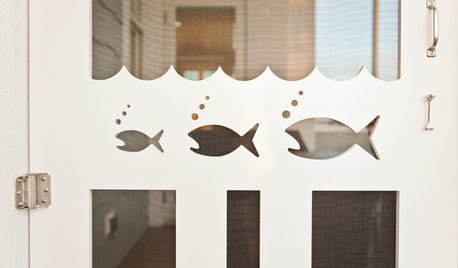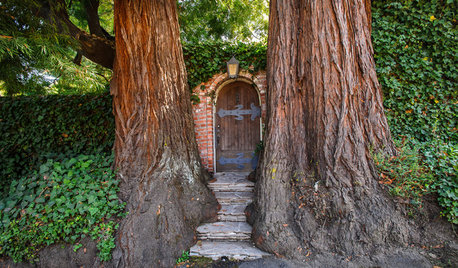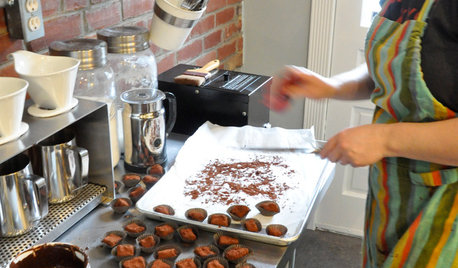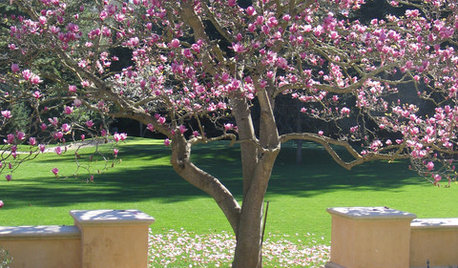Sugar Princess Peach trees
Hawkeye64
9 years ago
Related Stories

EDIBLE GARDENSWhy Grow Quince? For Beauty, Fragrance and Old-Time Flavor
Delightfully perfumed fruit and lovely spring blossoms make this apple and pear cousin worth a spot in the garden
Full Story
PLANTING IDEASStretch the Budget, Seasons and Style: Add Conifers to Your Containers
Small, low-maintenance conifers are a boon for mixed containers — and you can transplant them to your garden when they’ve outgrown the pot
Full Story
SHOP HOUZZHouzz Products: Create a Cat Heaven at Home
Show kitty you care and keep your style too with fun and cozy cat beds, perches, trees and decor
Full Story
KIDS’ SPACESDream Spaces: 12 Disney-Worthy Kids’ Rooms
These fantasy bedrooms can transport children into a magical world of make-believe
Full Story
TRIMShutter Cutouts: A Window to One's Soul?
To settle on the perfect shape for this simple detail, follow your heart — or diamond, or maple leaf
Full Story
GARDENING FOR BUTTERFLIESGardening for the Bees, and Why It’s a Good Thing
When you discover how hard bees work for our food supply, you may never garden without them in mind again
Full Story
COLOR9 Downright Modern Ways With Pastels
Get all the cheery benefits of pastels with none of the old-time fussiness
Full Story
FUN HOUZZ14 Gardens Straight Out of Fairy Tales
Escape into landscapes that conjure the magical worlds of folklore and literature
Full Story
KITCHEN DESIGNLove to Cook? We Want to See Your Kitchen
Houzz Call: Show us a photo of your great home kitchen and tell us how you’ve made it work for you
Full Story
LIFE10 Ways to Honor and Remember a Departed Loved One at Home
Help the grieving process and keep beautiful memories alive with these thoughtful tributes
Full StorySponsored
Your Custom Bath Designers & Remodelers in Columbus I 10X Best Houzz
More Discussions








olpea
Related Professionals
East Patchogue Landscape Architects & Landscape Designers · Americus Landscape Contractors · Beverly Hills Landscape Contractors · Blue Springs Landscape Contractors · Costa Mesa Landscape Contractors · Emmaus Landscape Contractors · Estelle Landscape Contractors · Fort Hunt Landscape Contractors · Hawaii Landscape Contractors · Holland Landscape Contractors · Salem Landscape Contractors · Wallingford Landscape Contractors · West Coon Rapids Landscape Contractors · Yuba City Landscape Contractors · Raytown Landscape Contractors